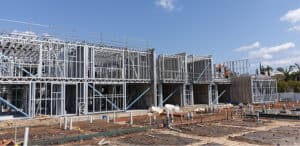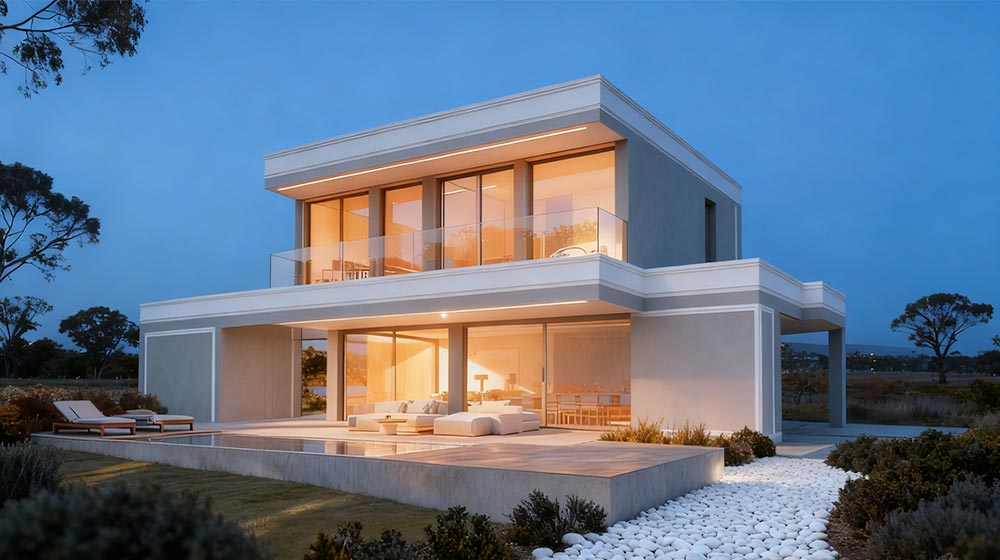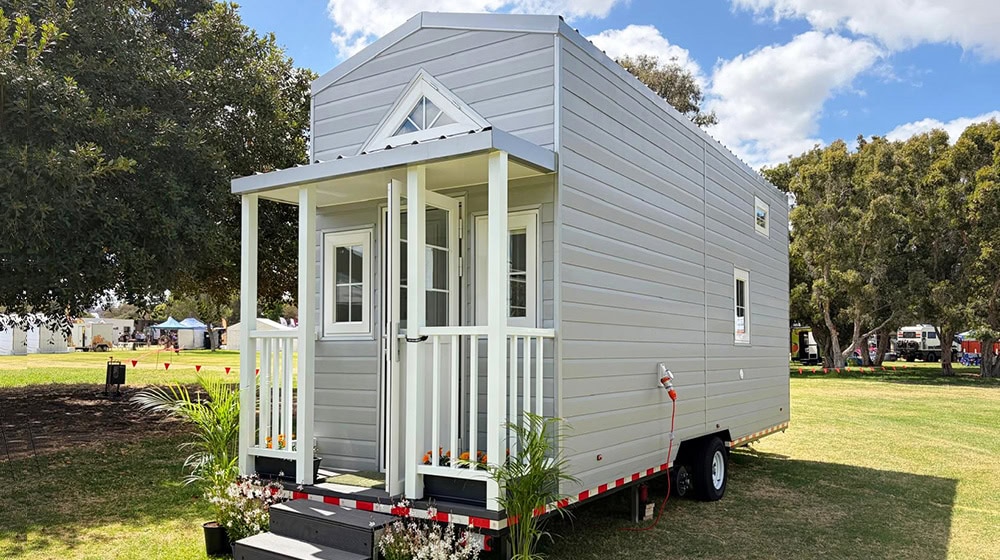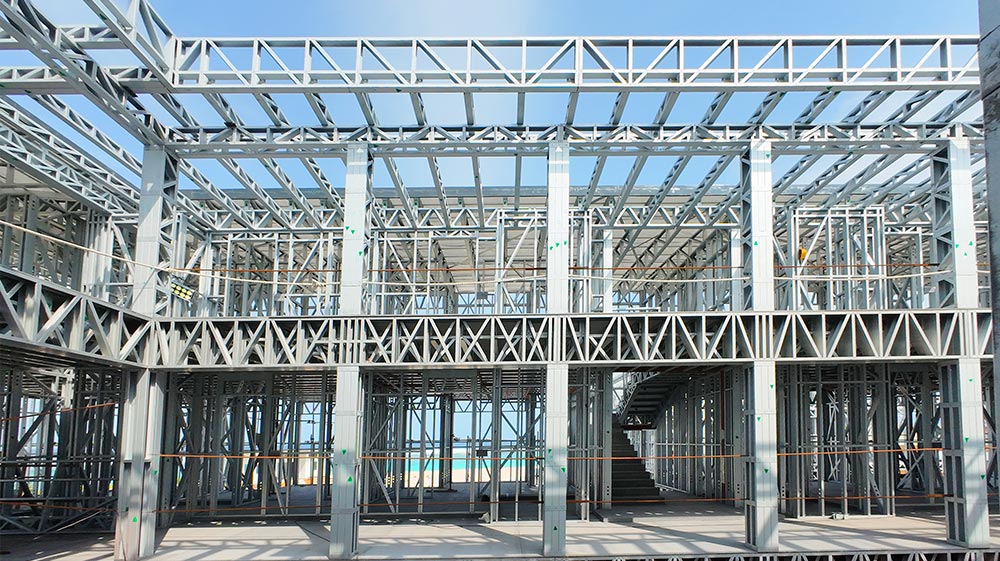The year 2025 marks a pivotal shift in how we perceive buildings. Light steel frame (LSF) construction is no longer just a construction method—it’s a symbol of carbon neutrality, smart innovation, and human-centric design. As global challenges like climate change and urbanization intensify, LSF emerges as the backbone of a sustainable, tech-driven future. Here’s why.

1. Carbon Neutrality: Building for a Cooler Planet
The Steel Revolution
By 2025, over 60% of LSF materials will use recycled or green steel produced via hydrogen-based smelting (cutting CO₂ emissions by 90%). Projects certified as Net-Zero Ready will dominate markets in the EU, Australia, and California, where LSF’s recyclability aligns with strict carbon tariffs like CBAM
Case in Point
-
The Amsterdam Green Tower (2024): A 30-story LSF hybrid building stores 1,200 tons of CO₂ using carbon-absorbing cladding.
-
Circular Factories: Companies like BlueScope Steel now operate closed-loop systems, reclaiming 98% of scrap steel for new LSF components.
2. Smart Construction: Where AI Meets Steet
Design & Assembly 2.0
-
Generative AI: Tools like Autodesk’s LSF Optimizer slash material waste by 25% by auto-generating lightweight, code-compliant designs in minutes.
-
Robotic Crews: On-site robots (e.g., Boston Dynamics’ SpotWelder) install LSF panels 3x faster, reducing labor costs by 40%.
The Digital Twin Era
Every LSF building will have a live digital twin by 2025. Sensors embedded in steel frames monitor stress, corrosion, and energy use, sending real-time alerts to facility managers.
3. Human-Centric Spaces: Health Meets Flexibility
Wellness by Design
-
Air & Light: LSF’s precision allows seamless integration of hospital-grade HVAC systems and circadian lighting.
-
Post-Pandemic Resilience: Antimicrobial zinc-coated steel surfaces (tested to ISO 22196) become standard in schools and hospitals.
Customization at Scale
Modular LSF systems let homeowners “design-as-they-go”:
-
Swap walls via app-controlled magnetic panels.
-
Expand living spaces in 48 hours with pre-fab LSF modules.
4. Global Trends Fueling the LSF Surge
|
Region |
2025 Forecast |
|
North America |
45% of single-family homes adopt LSF (up from 18% in 2022). |
|
Asia-Pacific |
Vietnam’s LSF market grows 22% yearly, driven by smart city initiatives. |
|
Africa |
Chinese-built LSF factories cut housing costs by 35% in Kenya and Nigeria. |
The Road Ahead: Challenges & Opportunities
-
Policy Push: Governments will mandate LSF in public projects (e.g., EU’s Green Public Procurement).
-
Skills Gap: Demand for LSF-certified engineers will outpace supply—training programs boom.
-
Consumer Shift: 78% of millennials prefer LSF homes for their “eco-tech” appeal (McKinsey 2024 survey).


Conclusion: Building the 2025 Legacy
Light steel frame construction in 2025 isn’t just about erecting structures—it’s about crafting a legacy of climate action, technological brilliance, and human empowerment. For architects, builders, and dreamers, the message is clear: The future is light, smart, and steel-forged.



